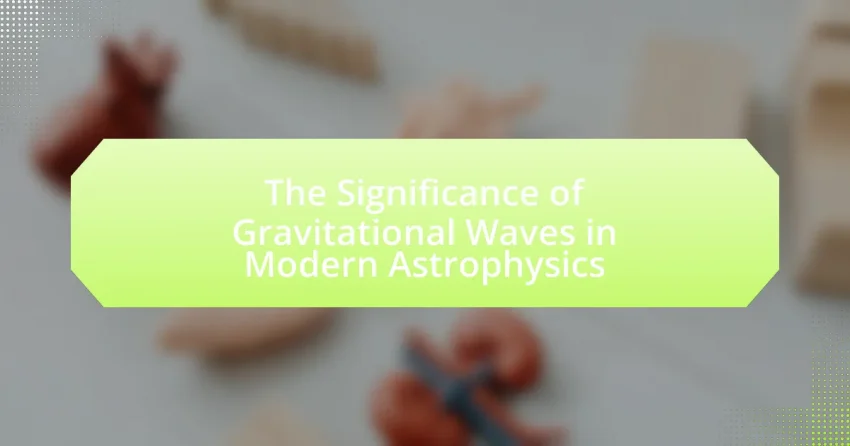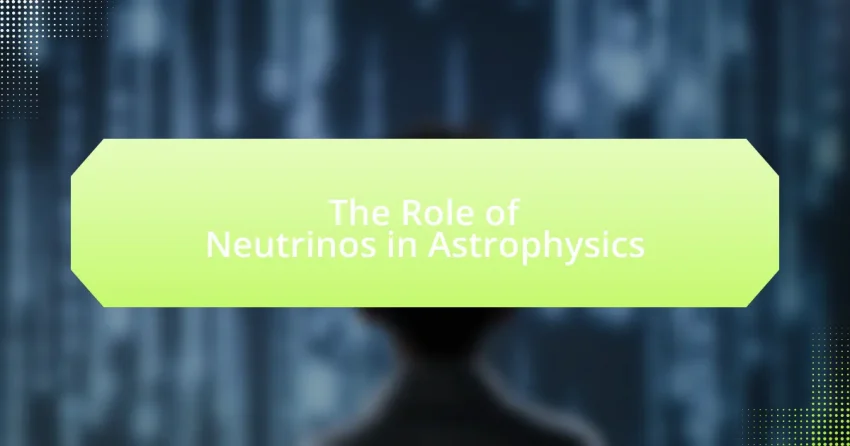The article focuses on the concept of the Expanding Universe and Hubble’s Law, which describes the observation that galaxies are moving away from each other, indicating a continuously growing universe. Hubble’s Law, formulated by Edwin Hubble in 1929, establishes a mathematical relationship between the recessional velocity of galaxies and their distance from Earth, supporting the…
Astrophysics Fundamentals
Welcome to the ‘Astrophysics Fundamentals’ category! Here, you will uncover the essential concepts of this fascinating field. Dive into articles that explain the basics of stars, galaxies, and the universe itself. You’ll learn about gravity, light, and how these forces shape our cosmos. Each article breaks down complex ideas into simple terms, perfect for beginners eager to explore.
Explore topics ranging from black holes to dark matter. Understand the life cycle of stars and the expansion of the universe. Our curated content will guide you through foundational theories and recent discoveries. With engaging explanations and illustrations, you’ll connect with the wonders of astrophysics. Embark on your journey through the stars today!
Understanding Black Holes: The Basics and Beyond
Black holes are regions in space characterized by an intense gravitational pull from which nothing, not even light, can escape. They form from the gravitational collapse of massive stars and can be classified into three main types: stellar, supermassive, and intermediate black holes. The article explores the formation processes of black holes, their properties, and…
The Role of Simulations in Astrophysics Research
Simulations are essential tools in astrophysics research, enabling scientists to model complex cosmic phenomena that are difficult to observe directly. This article explores the role of simulations in understanding various astrophysical phenomena, including galaxy formation, black hole dynamics, and dark matter behavior. It discusses the methodologies and computational techniques used in these simulations, their comparison…
The Significance of Gravitational Waves in Modern Astrophysics
Gravitational waves are ripples in spacetime generated by the acceleration of massive objects, such as merging black holes and neutron stars. Their detection has revolutionized astrophysics by providing a new observational method that complements traditional electromagnetic observations, allowing scientists to study cosmic events that were previously invisible. The article explores the significance of gravitational waves,…
The Life Cycle of Stars: From Birth to Death
The life cycle of stars encompasses several stages, including stellar formation, main sequence, red giant or supergiant phase, and eventual death, which can result in white dwarfs, neutron stars, or black holes. Stars originate from nebulae, where gas and dust collapse under gravity to form protostars, leading to nuclear fusion in the main sequence phase….
The Nature of Light: Wave-Particle Duality Explained
The article focuses on the nature of light, specifically exploring the concept of wave-particle duality. It defines light as electromagnetic radiation that exhibits both wave-like and particle-like properties, supported by key experiments such as the double-slit experiment and the photoelectric effect. The article outlines the fundamental properties of light, its interactions with matter, and the…
The Role of Neutrinos in Astrophysics
Neutrinos are subatomic particles with negligible mass and no electric charge, generated in nuclear reactions such as those in stars and during supernovae. Their unique properties, including weak interaction with matter and the ability to oscillate between different types, make them crucial for understanding astrophysical phenomena. This article explores the significance of neutrinos in astrophysics,…
The Role of Gravity in the Structure of the Universe
The article focuses on the role of gravity in shaping the structure of the universe. It explains how gravity governs the attraction between masses, leading to the formation of galaxies, stars, and planetary systems. Key processes involved in gravitational attraction, the lifecycle of stars, and the stability of galaxies are discussed, along with the influence…
The Physics of Cosmic Rays: Origins and Effects
Cosmic rays are high-energy particles from outer space, primarily composed of protons, atomic nuclei, and electrons, traveling at nearly the speed of light. This article explores the origins of cosmic rays, which include supernova explosions and active galactic nuclei, and their classification into primary, secondary, and solar cosmic rays. It discusses the significant effects of…
The Interaction Between Light and Matter: A Fundamental Concept
The article focuses on the interaction between light and matter, a fundamental concept in physics that encompasses processes such as absorption, emission, scattering, and transmission of light by various materials. It explains how these interactions are governed by principles of quantum mechanics and electromagnetic theory, influencing phenomena like photosynthesis, color perception, and technological applications in…









